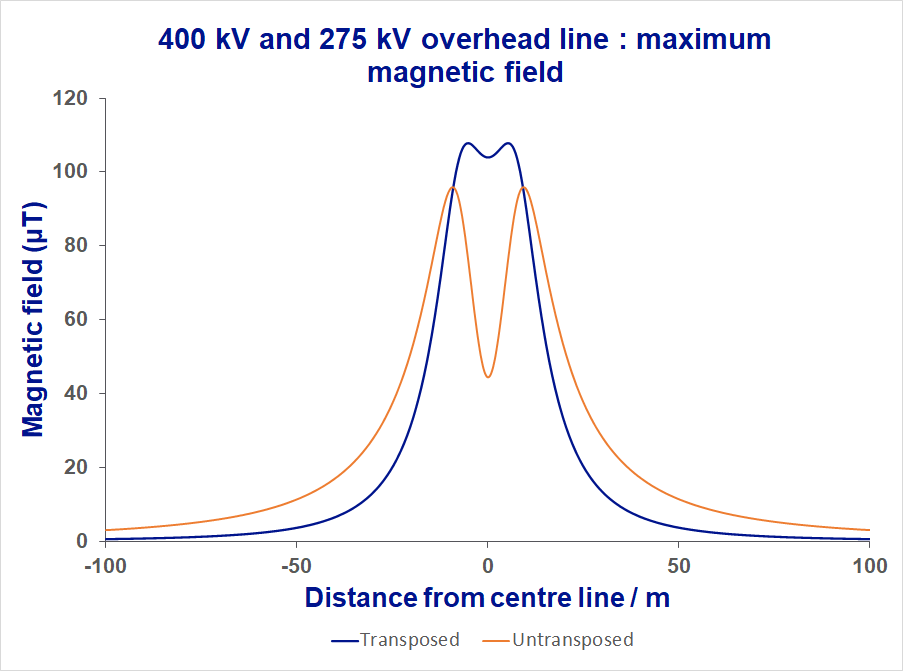Consent for overhead lines
The question of whether health concerns related to electricity infrastructure justifies planning constraints is one that has been addressed at a national level. Thus, the Written Ministerial Statement of 16 October 2009, made by the Minister of State for the Department of Health, the Minister of State for the Department of Energy and Climate Change (now Department of Energy Security and Net Zero), and the Parliamentary Under-Secretary of State for Communities and Local Government, introduced a comprehensive statement of Government policy. This policy has been reiterated in National Policy Statement (NPS) EN-5 and applies to all electricity infrastructure, including applications made under the Town and Country Planning Act.
What is required?
NPS EN-5 gives clear guidance on the EMF requirements of all electricity infrastructure projects stating:
‘Before granting consent to an overhead line application, the Secretary of State should be satisfied that the proposal is in accordance with the guidelines, considering the evidence provided by the applicant and any other relevant evidence. It may also need to take expert advice from the Department of Health and Social Care.’
AND
‘Where the applicant cannot demonstrate that the line will be compliant with the Electricity Safety, Quality and Continuity Regulations 2002, with the exposure guidelines as specified in the Code of Practice on compliance, and with the policy on phasing as specified in the Code of Practice on optimal phasing then the Secretary of State should not grant consent.’
A simplified route map for dealing with EMFs is provided in NPS EN-5 and reproduced below.
Demonstrating compliance with EMF policy
All the practical details needed to apply the policy of compliance with exposure limits, and precautionary policies, are contained in two Government Code of Practices.
Code of Practice on demonstrating compliance with EMF public exposure guidelines
This document provides details of how to demonstrate any electrical asset is compliant with guidelines, including:
- What and where the guidelines apply.
- Under what conditions compliance needs to be demonstrated.
- How accurate the calculations need to be and under what conditions.
- When specific evidence is not required.
Code of Practice on optimum phasing of high voltage double-circuit power lines
This document provides details of how to demonstrate any electrical asset is compliant with guidelines, including:
- What is optimum phasing and how is it defined.
- When is it reasonable to implement this measure.
- Reporting requirements.
What is optimum phasing?
Double-circuit overhead lines, like the one in the picture below, have two sides. Each sides carries a 3-phase circuit, hence the three arms on each side of the pylon. "Phasing" is the way the two circuits on the two sides of a pylon are wired relative to each other.
As mentioned, each circuit has three phases that we name red, yellow and blue. How quickly the magnetic field reduces with distance from the overhead line depends on the relative phasing of the two circuits. There are two main types of phasing demonstrated below. Untransposed phasing has the phases in the same order on either side of the pylon however, in transposed phasing the phases are arranged in the opposite order on each side of the pylon. When the phases are untransposed the magnetic field reduces less quickly with distance compared to transposed overhead lines.
